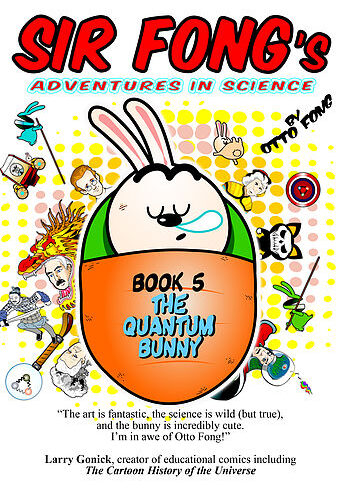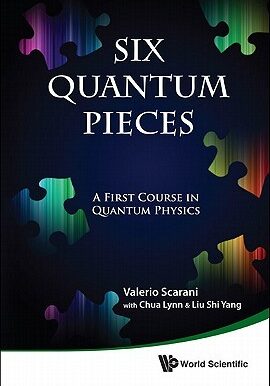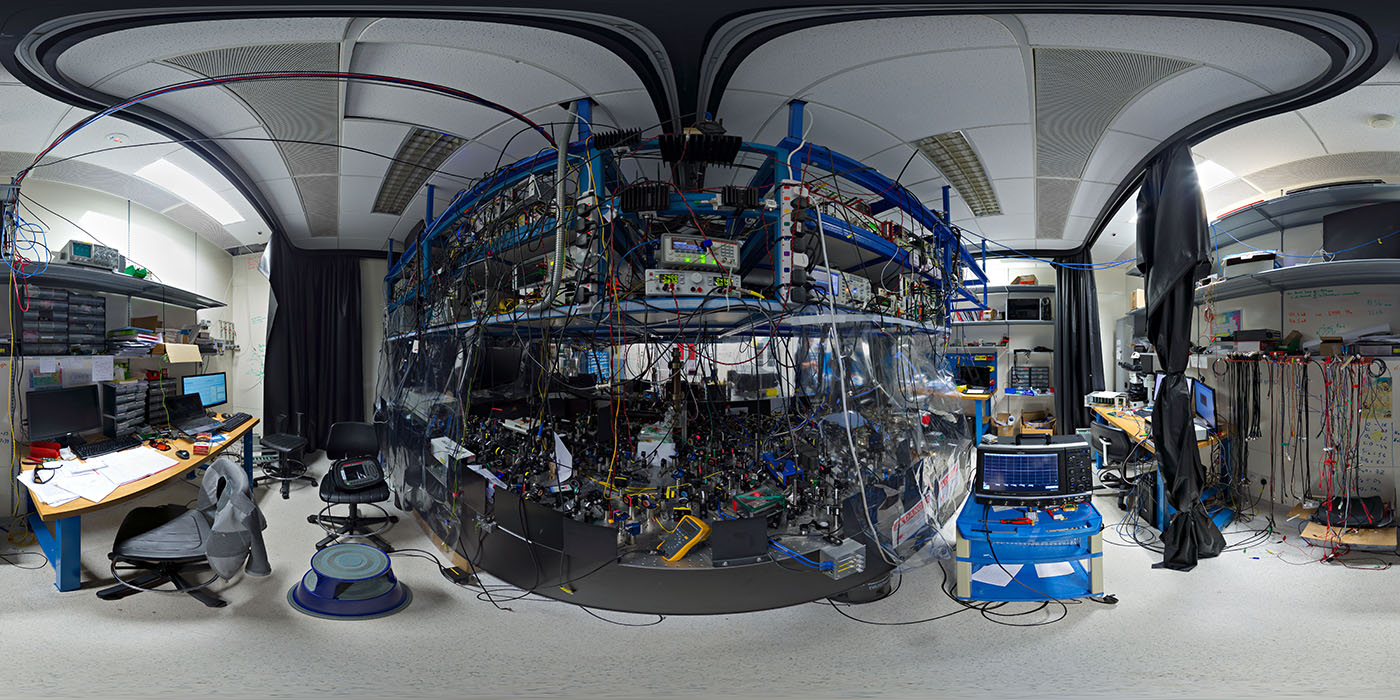Curious about quantum physics? You don't need to have any science background to get started. Browse our recommended resources and find out what events you can join, from talks to film festivals.
Resources
The development of quantum theory in the early 20th Century brought about a revolution in our understanding of the universe. The theory defies intuition: it says that particles can be in more than one place at once, that the actions of separate particles can be strangely coordinated, and that measurements have inbuilt uncertainty, no matter how accurate our tools. CQT scientists explore this bizarre quantum world and attempt to turn its quirks to our advantage. Harnessing the quantum behaviour of photons and atoms, the particles of light and matter, could lead to new technologies for communication and computation.
Delve into quantum physics in more depth with these books by CQT's scientists and collaborators. You can find more recommendations for popular science books about quantum physics on our Quantum Shorts contest site. That also offers an A to Z quide to the quantum world.




Events
You can sign up to our mailing list to be informed about all public events arranged by CQT. Here are some examples of the things we do:
- We offer occasional talks for public audiences, often in partnership with SGInnovate.
- We run the international Quantum Shorts competitions. You can enjoy some of the best quantum-inspired flash fiction submitted to Quantum Shorts in a free e-book.
Look into our labs
If you want to see where experimental quantum research happens, click the image below to explore one of CQT's quantum matter labs in panorama on the 360Cities website (Image credit: Daniel K. L. Oi):

